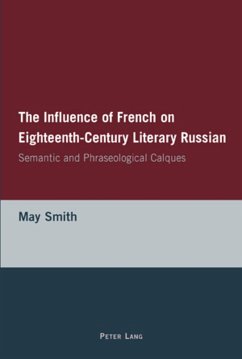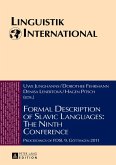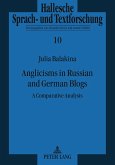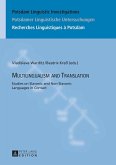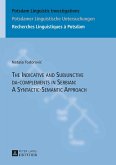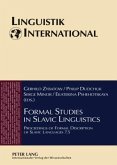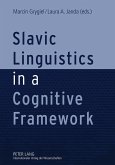This book seeks to establish the degree to which Gallicisms permeated the Russian language in the eighteenth century. The largest group of borrowings were the semantic and phraseological calques. In order to examine this influence, the author has selected scores of examples from the original works, translations and correspondence of Russian writers from the 1730s to the end of the century. The calques analysed belong to various registers of the literary language, from the prose used in essays and correspondence to the most lyrical form found in poetry and certain translations. This book concludes that the French influence was overwhelming and fully enhanced the Russian literary language that was developed during this period.
"Smith's book would prove useful for research in eighteenth-century Russian literature and history, for the interpretation and translation of personal letters and historical documents, and, without a doubt, it serves as an excellent reference guide for anyone interested in identifying specific influences on Russian from French literature and culture on a semantic level." (Rachel Stauffer, Slavic and East European Journal)

